INTRODUCTION TO VIRTUAL LEARNING
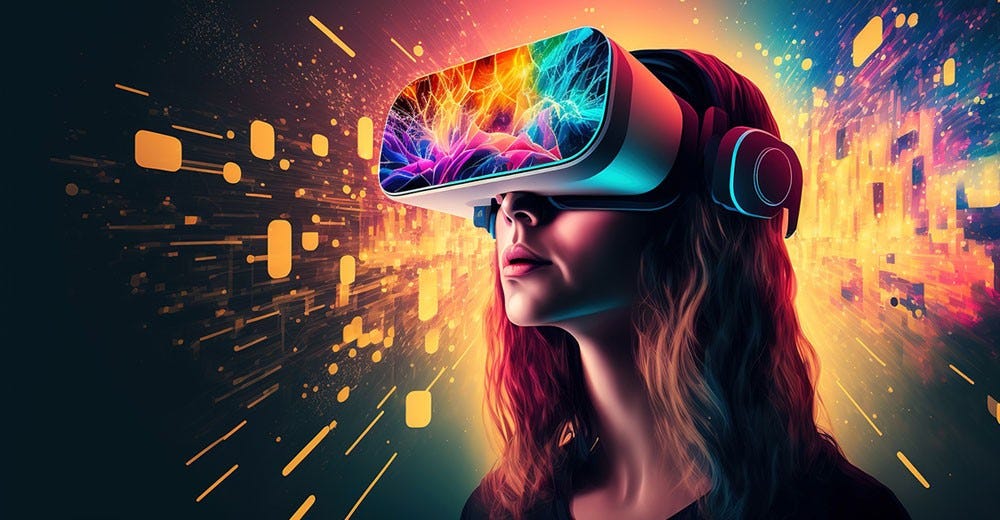
The digital age has brought us many innovations, but few are as captivating and transformative as Virtual Reality (VR). What was once the stuff of science fiction has become an exciting frontier of technology, blending the lines between the physical world and digital experiences. In this post, we’ll embark on a journey beyond the screen to explore the fascinating world of VR, uncovering what it is, how it works, and why it matters.
WHAT IS VIRTUAL REALITY ?
Virtual Reality is an immersive technology that creates a simulated environment, allowing users to experience and interact with a three-dimensional space that feels incredibly real. Unlike traditional media, which presents information on a screen, VR places users inside a digital world, often using a headset and specialized equipment to enhance the sensation of being "present" in that virtual space .
VR experiences are now in the mainstream of entertainment, healthcare, military, business, and more, and are emerging as a positive force in the world in various ways. According to the Harvard Business Review's 2018 report on the use of mixed reality at work, 87% of enterprise organizations had already tried VR and AR as a training tool to immerse their workers in a unique form of on-the-job training.
━━━━━━━━━━━━━━━━━━━━━━━━━━━━━━━━━━━━━━━━ VR JOURNEY ━━━━━━━━━━━━━━━━━━━━━━━━━
The idea of creating immersive, computer-generated environments has been a subject of fascination and experimentation for a long time. The technology has continued to advance and evolve over the years into the sophisticated VR systems on the market today. The history of VR dates back to the 1960s, when computer scientist Ivan Sutherland created a prototype head-mounted display (HMD) that could display basic wireframe graphics.
It’s important to understand how VR began to see how far we’ve progressed. Today, we are seeing a resurgence when it comes to VR, as it certainly has seen its fair share of up-and-down moments. Over the decades, tech advancements have accelerated the development of VR. In the 1980s and 1990s, companies like Sega and Nintendo developed VR gaming systems, albeit generally with limited success. It wasn't until the 2010s when companies like Oculus and HTC Vive introduced high-quality VR headsets that leveraged powerful graphics and motion tracking technology.
Since then, VR technology has advanced significantly, with the development of more sophisticated HMDs, motion tracking, and haptic feedback systems. Nowadays, there are various different terms referring to the creation of digital realities:
Augmented Reality (AR) : It adds digital elements to the real world. AR is often used in fields such as advertising, retail, and gaming .
Virtual Reality (VR) : It is a matter of leaving the real world and using virtual reality glasses to immerse oneself specifically in a separate universe .VR is more commonly used in industries such as healthcare, architecture, and education .
- Mixed Reality (MR) : It combines elements of both AR and VR, overlaying digital objects onto the real world while also allowing for interaction with virtual elements .
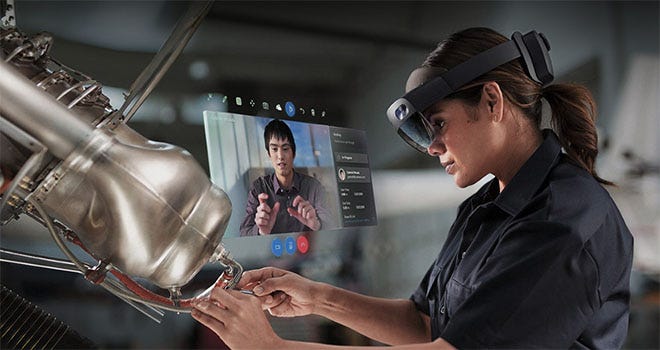
➤ Components Of Virtual Reality :
The components of virtual reality include the display or headset, which is responsible for presenting the virtual environment to the user, and the input devices, such as motion controllers, that allow the user to interact with the digital environment. Other important components include the tracking system, which detects the user’s movements and adjusts the virtual environment accordingly, and the computer system that runs the software and processes the sensory inputs.
- Headset: The VR headset is one of the most important wearables for users who want to immerse themselves in digital worlds. It replaces the natural field of view with a computer-generated field of view. To make that happen, the wearable integrates infrared LEDs, motion sensors, cameras and screens. They all enable the VR headset to gather relevant information and provide it for the human eye.
- Screens and lenses: Both screens and lenses ensure that the VR experience is as real as possible. The basis for this is the distortion and overlapping of two nearly identical images. A minimal offset creates the desired spatial effect.
Latency: The field of view and latency provide important information in the real world. Both affect the perception of distance and spatial depth, both in the real and virtual environments. In general, humans can perceive an angle of 200 to 220 degrees. This visible range is in turn subdivided into the monocular and the binocular visual field. Generating these areas accordingly is a central task for modern VR headsets.
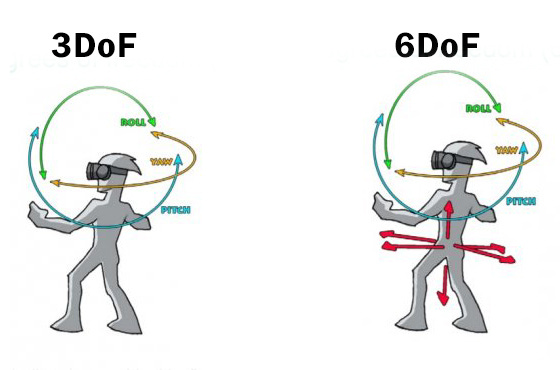
Position tracking: As before, the transmitted images and sounds are among the most important elements of a successful VR experience. On the other hand, only position tracking in space is even more crucial. Particularly popular here are the so-called 6 degrees of freedom or 6DoF. With such position tracking, end users can move freely in space. In addition, common gestures such as nodding, up and down, forward and backward, but also movement in circular paths are possible. In contrast, the 3DoF only allows moving the head to the right, left, up and down
➤ Applications of Virtual Reality :
Virtual Reality is not just a tool for entertainment; its applications span a wide range of fields:
Gaming and Entertainment: VR has revolutionized gaming by providing players with immersive experiences that go beyond traditional screens. Games like "Beat Saber" and "Half-Life: ALYX" showcase the potential for VR to offer novel and exciting gameplay.
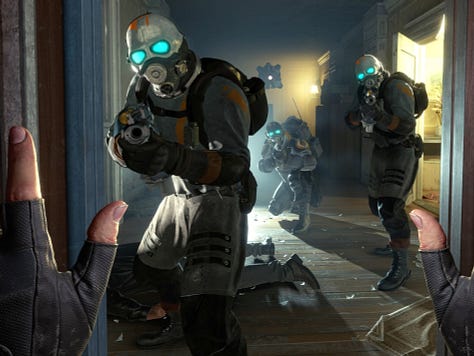

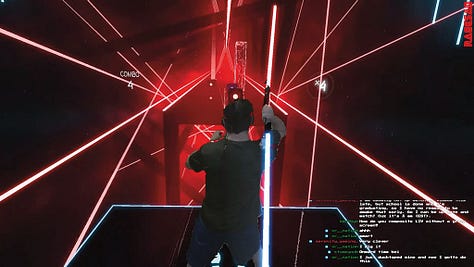
Education and Training: VR is making waves in education by offering interactive and experiential learning opportunities. Medical students can practice surgeries in a simulated environment, while pilots can train in realistic flight simulators. This hands-on approach enhances learning by allowing users to experience scenarios in a controlled, risk-free setting.
Healthcare and Therapy: In the medical field, VR is used for pain management, physical rehabilitation, and mental health therapy. For example, VR exposure therapy can help patients confront and overcome phobias or PTSD in a safe and controlled manner.
Real Estate and Design: VR allows architects, designers, and real estate professionals to create and explore virtual models of buildings and spaces. Clients can take virtual tours of properties before they are built or visualize design changes in real-time.
➤ The Future of Virtual Reality :
As VR technology continues to advance, we can expect even more groundbreaking developments:
Increased Realism: Future VR systems will offer even more lifelike visuals and sensations, further blurring the line between reality and simulation.
Social VR: The concept of social VR is gaining traction, allowing people to meet, collaborate, and interact in virtual spaces.
Enhanced Accessibility: As VR technology becomes more affordable and accessible, it will likely become a mainstream tool for education, training, and entertainment, reaching a broader audience and offering new opportunities for innovation.
➤ CONCLUSION :
Virtual Reality has moved beyond the realm of science fiction to become a dynamic and transformative technology with far-reaching implications. Whether you're a gamer, a student, or someone curious about the future of technology, exploring VR offers a glimpse into a new frontier where the digital and physical worlds converge. As we continue to push the boundaries of what VR can achieve, one thing is clear: the journey beyond the screen is just beginning .
In conclusion, Virtual Reality stands at the intersection of imagination and technology, offering a transformative experience that extends far beyond traditional screens. Embracing this technology not only opens doors to innovative experiences but also sets the stage for a future where the boundaries between the virtual and real become increasingly fluid. The journey into Virtual Reality is just beginning, and its potential to reshape our lives is as boundless as the virtual landscapes it creates.
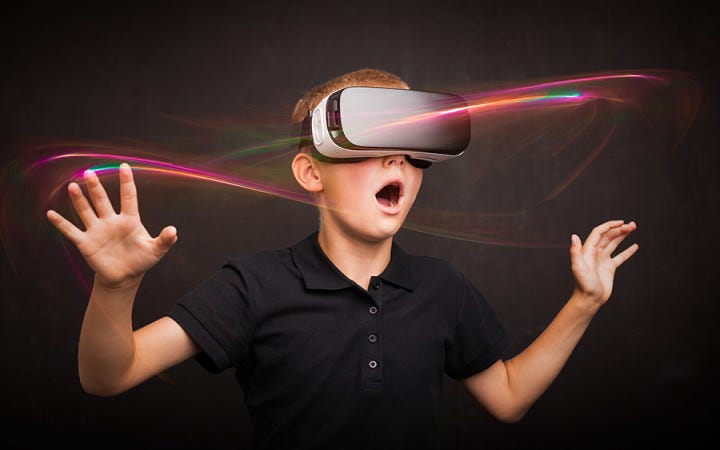
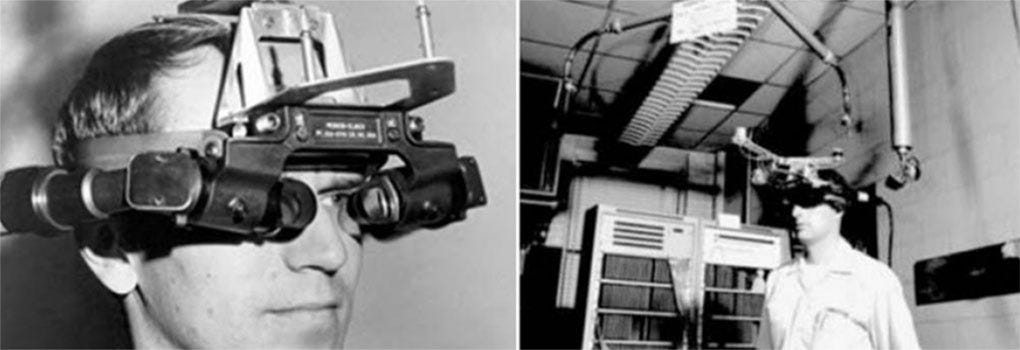
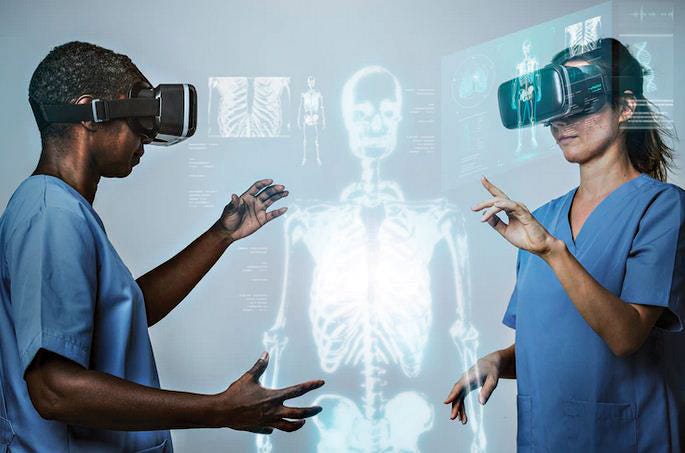
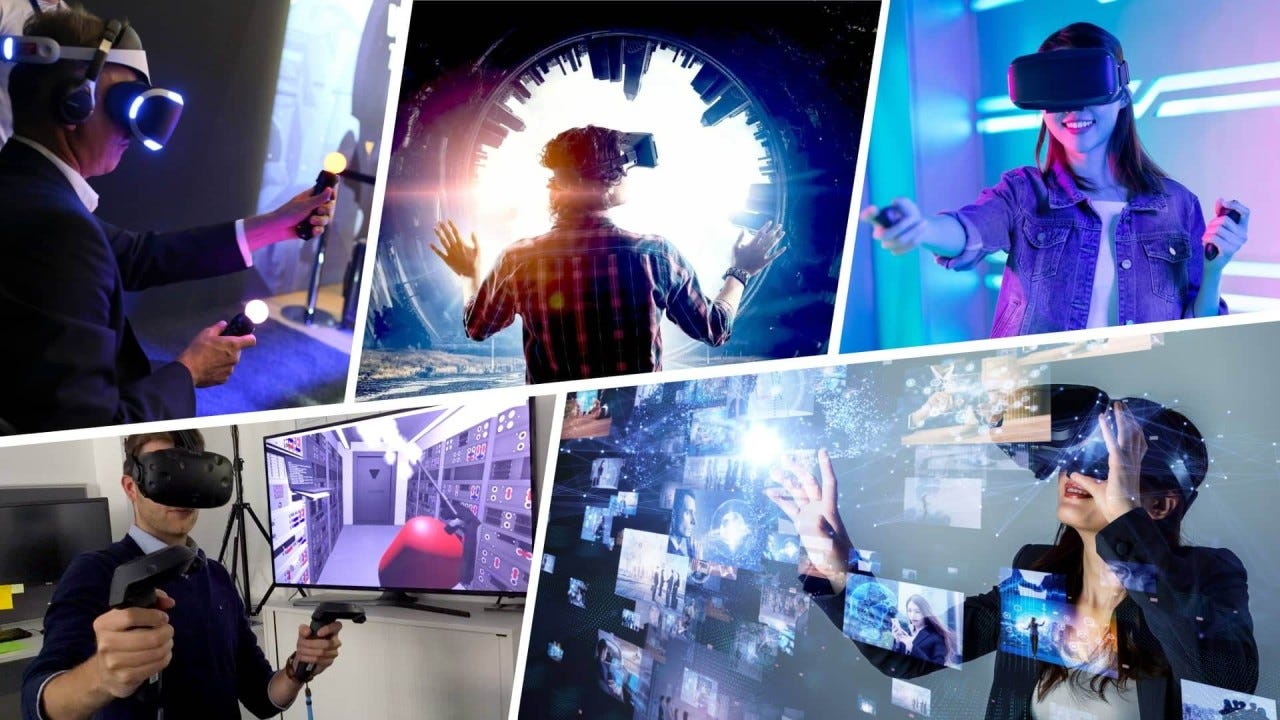

Comments
Post a Comment